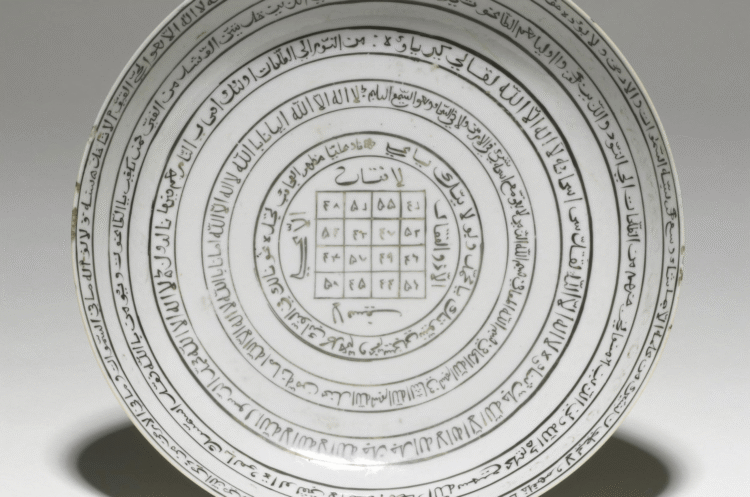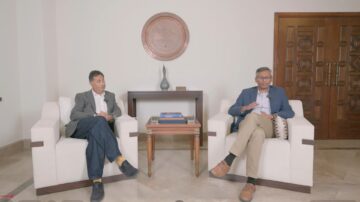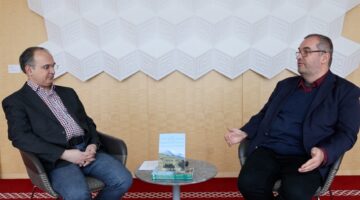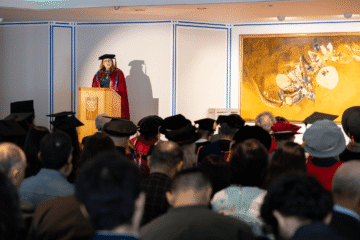What is Soul and what is Soul’s domain?
In many respects these two ideas formed one of the starting points of debates and discussions in the classical and medieval periods of Islamic intellectual history, especially in the works authored by scholars affiliated with the Fāṭimid Ismāʿīlī tradition.
This lecture focuses on what Abū Ya‘qūb al-Sijistānī (d.ca. 361 AH/972 CE) presents in Kitāb al-Maqālīd and Risālah al-Bāhirah on imaginal motion as the domain of Soul and Soul World. Just as much as Soul’s movement is determining how natural time and natural motion arise, Soul’s activities shape and condition what is: what is existing and coming into existence. In fact, in select works of Sijistānī, imaginal motion shapes the future to come (futurity). Sijistānī’s coded symbolism in questioning time’s time-line tells us much about the political and historical horizon event of the Qā’im’s rising as “Pure Soul”, amongst other issues. After exploring the relationships between imaginal motion, resurrection, and time, this lecture will offer some considerations of how in Sijistānī’s subtle staging of Fāṭimid Ismā‘īlī doctrines of messianism and divine guidance, the apocalyptic plot line of returning to an original unity is suspended and the images of the End Time’s cataclysmic events are displaced.
Speaker

Professor Elizabeth Alexandrin
Associate Professor
Elizabeth Alexandrin is an Associate Professor of Islamic Studies in the Department of Religion, and Senior Fellow at St. John’s College, University of Manitoba (Canada). Her first monograph is Walāyah in the Fāṭimid Ismā‘īlī Tradition, State University of New York Press (2017). Supported by SSHRC funding (Canada), she is co-editing a critical edition of Sa‘d al-Dīn Ḥamūyeh’s Kitāb al-Mahbūb, with Paul Ballanfat, Galatasaray University, to be published by E. J. Brill. Her current book project focuses on dreaming and sleeping in 13-14th-century Muslim societies, with a focus on Kubravī Sufi works.







